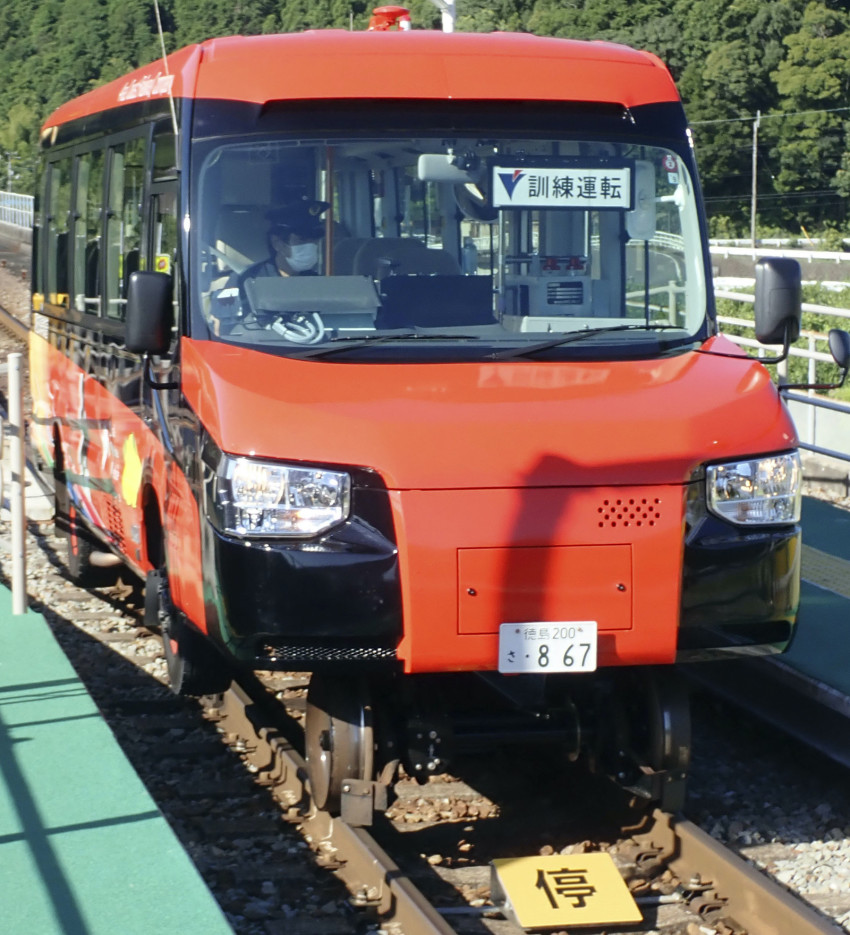Dual Bus-Train Vehicle To Start Operating In Shikoku Islands
The first dual-mode operational vehicle, which is a bus that can run on railway tracks and also has tires made for roads, will be put into service from the Shikoku region, which is the smaller of Japan’s four major islands.

Asa Seaside Railway Corp in Tokushima Prefecture said it would begin the rollout of the DMV on the 25th of December after having passed safety inspections from authorities from the Ministry of Land, Infrastructure, Transport, and Tourism.
The vehicles will be operating through a 50-kilometer stretch linking the city in Kaiyo located in Tokushima and Muroto, Kochi Prefecture, where 10 km will be along the railway line. Three vehicles will be operating, with each having a capacity of 23 people and crew.
DMV is a bus operating on diesel, and has an additional set of wheels under the carriage, which adjusts in just 15 seconds. It is capable of traveling along railway tracks.
It is the Tokushima prefectural administration, which holds 35 percent ownership of Asa Seaside Railway, said it hopes that the DMV can become a major attraction for visitors and will help to improve the local economy, as well as the rest of Japan, is being badly impacted by the coronavirus outbreak. The company is also of The Kochi state government.
They could also prove helpful in natural disasters, like earthquakes, which can render road or rail tracks inaccessible.
According to the company’s website, the DMV is much lighter than the traditional train, implying that it consumes less fuel and is easier to maintain. Hokkaido Railway Co-developed its version in 2004 but could not make it operational partly because of the financial challenges.
Asa Seaside Railway had initially had plans to have the DMV operational before the summer’s Tokyo Olympics and Paralympics. Still, transport ministry ordered the company in June to strengthen the welding of the arm that holds the wheels that retract so it had to extend the initial date.
This week, a technical panel of the ministry looked at the test results with the new parts and issued the green signal for the automobile to enter operation.
Also read about Tokyo train company’s apology for 20-second-early departure
